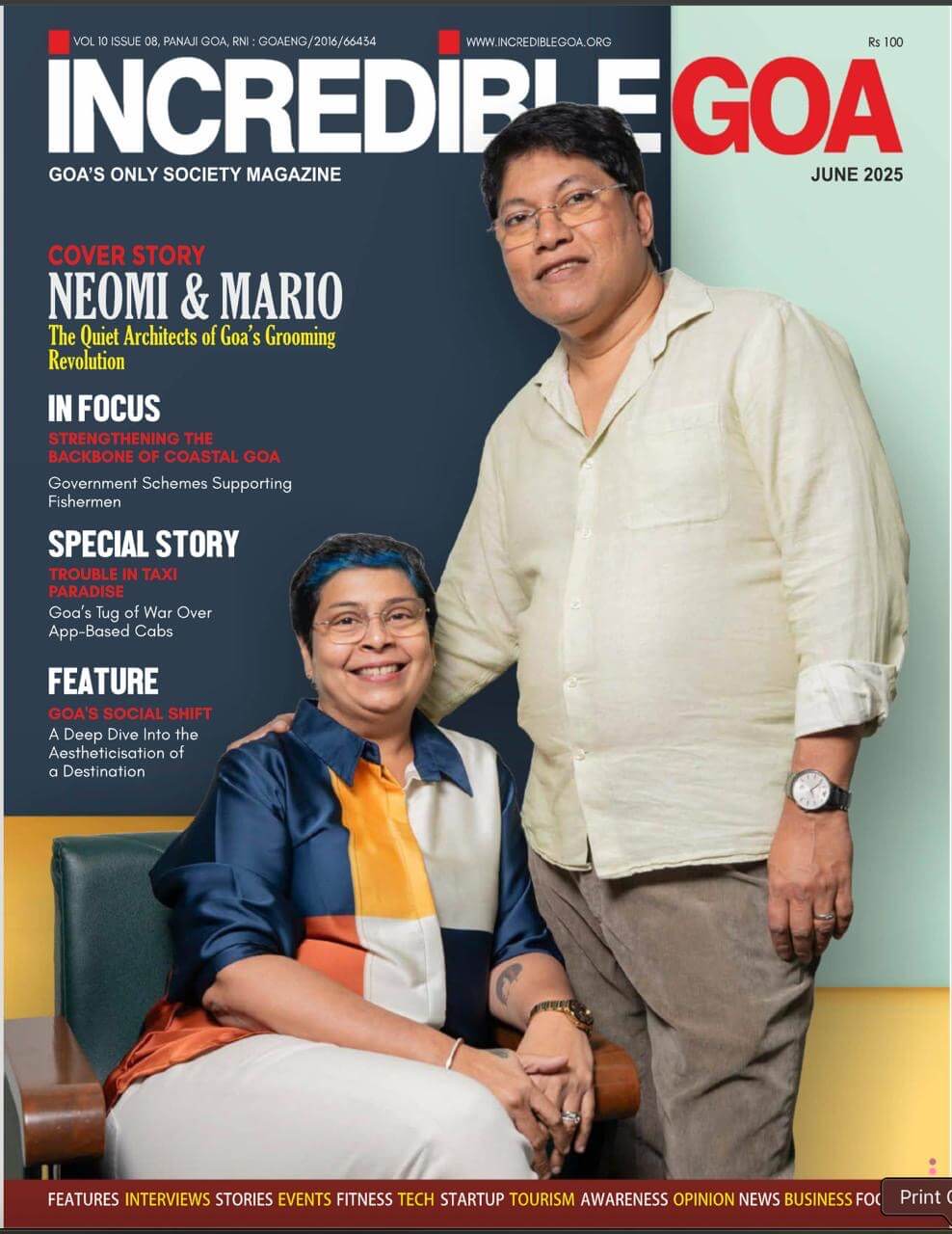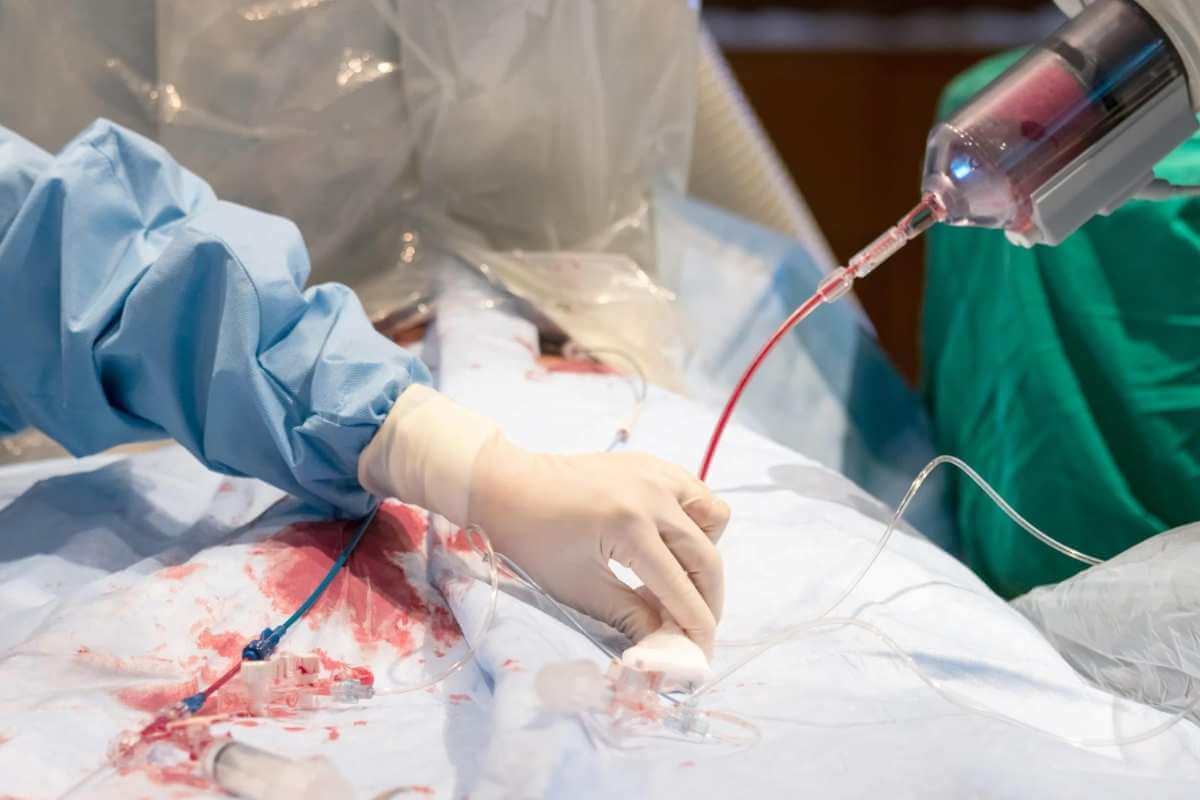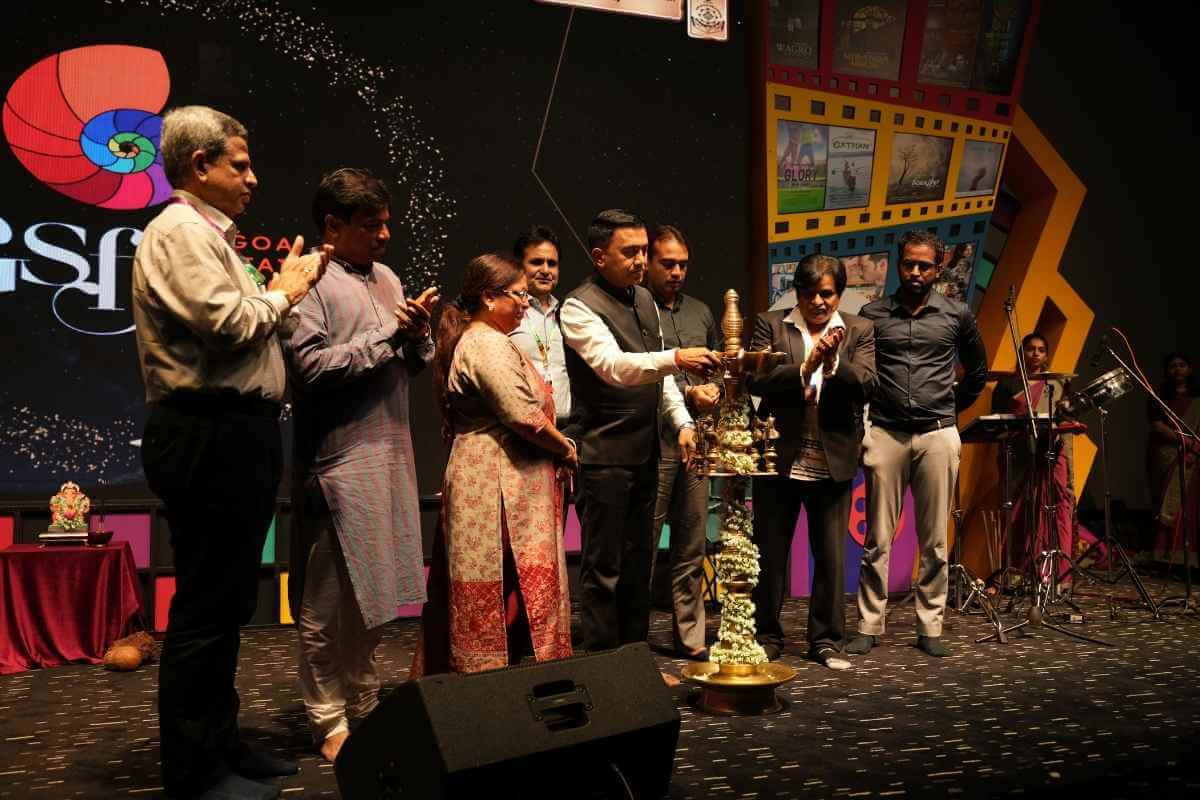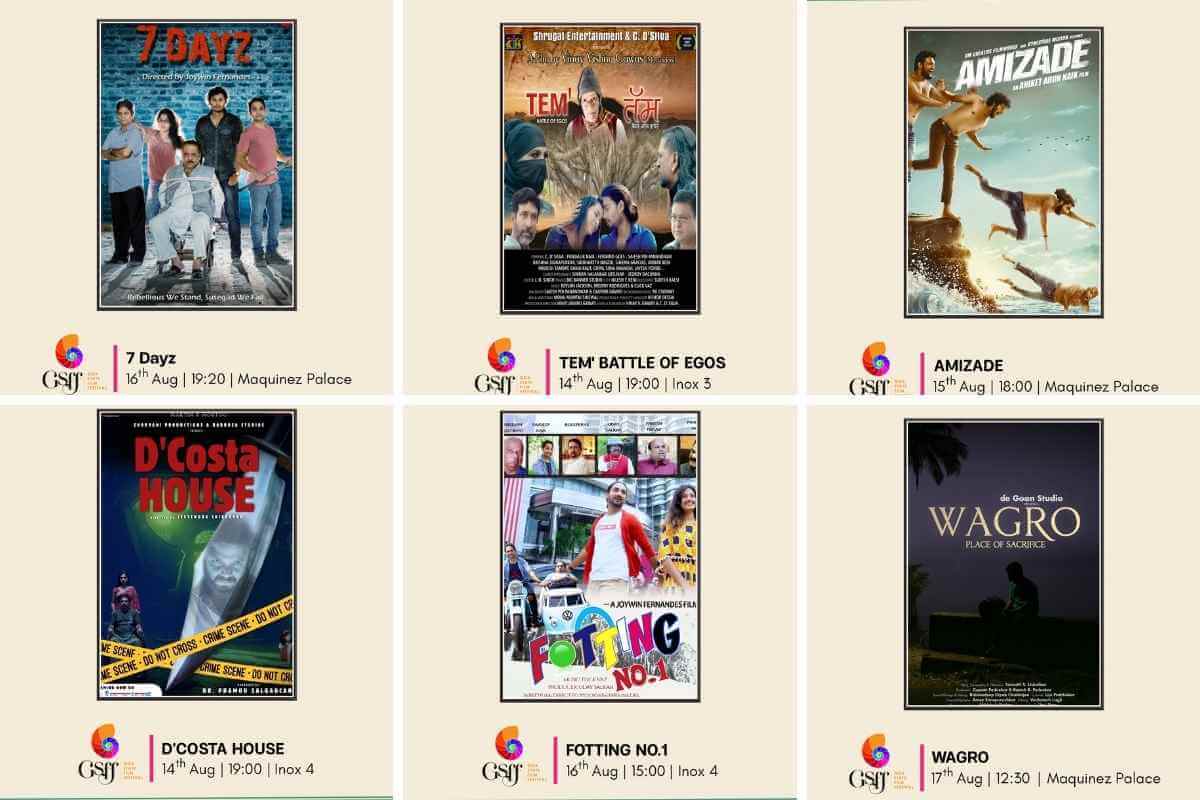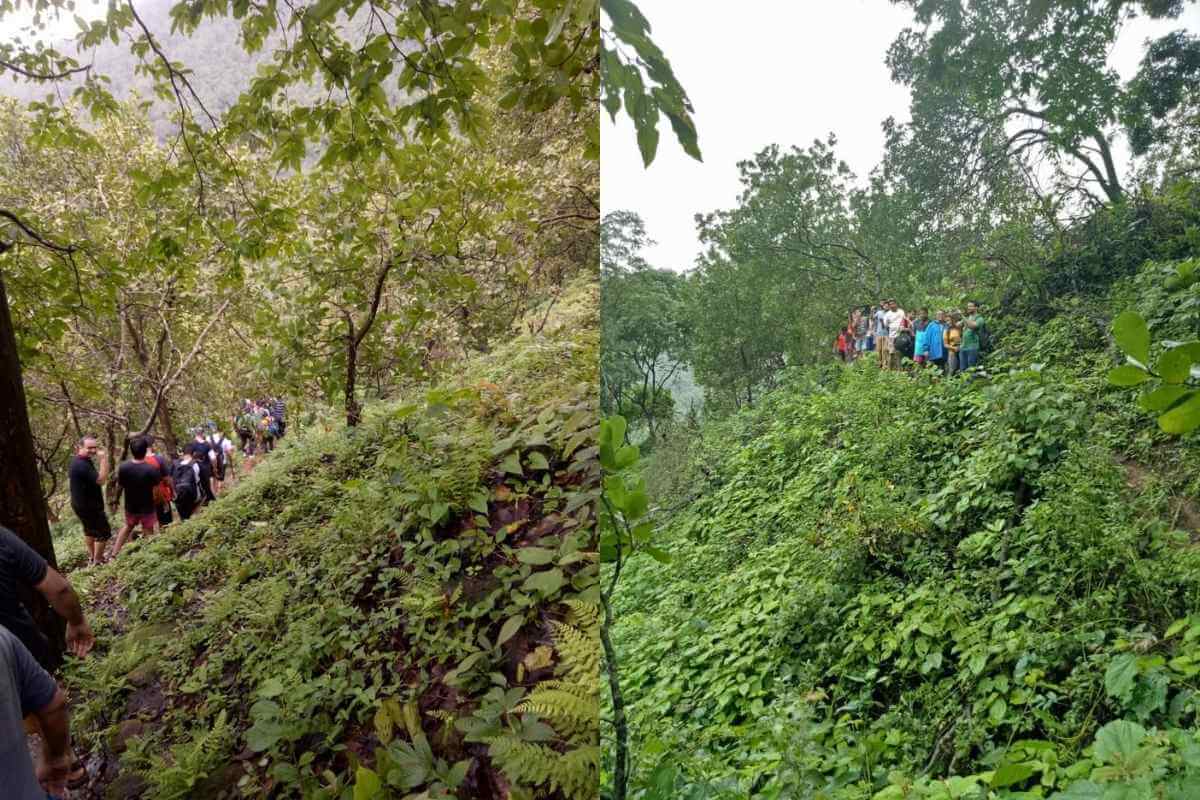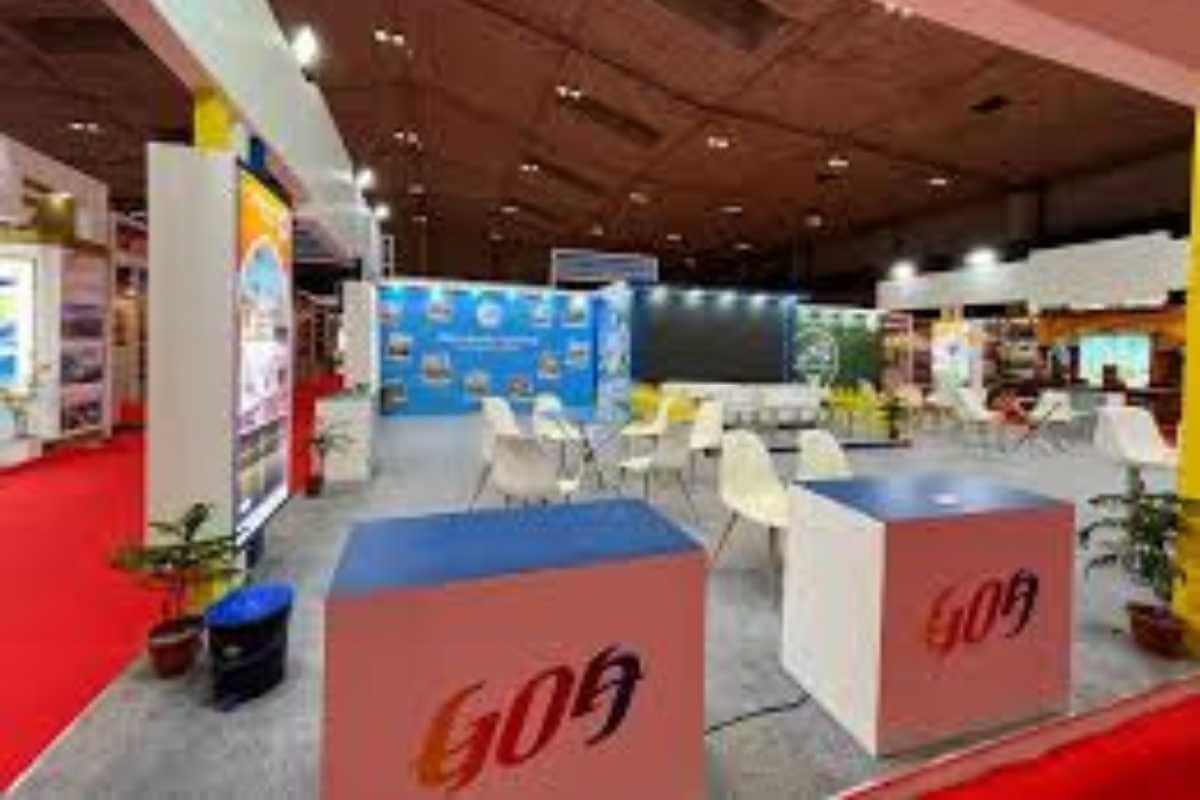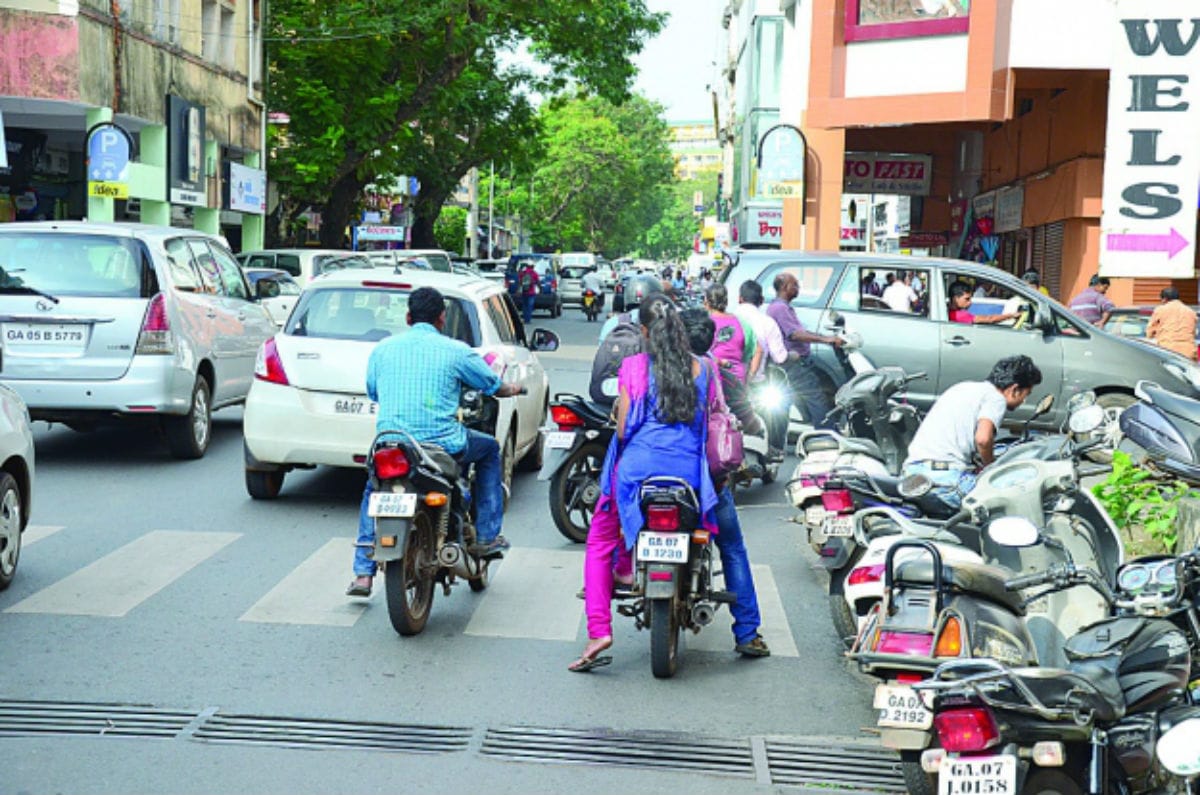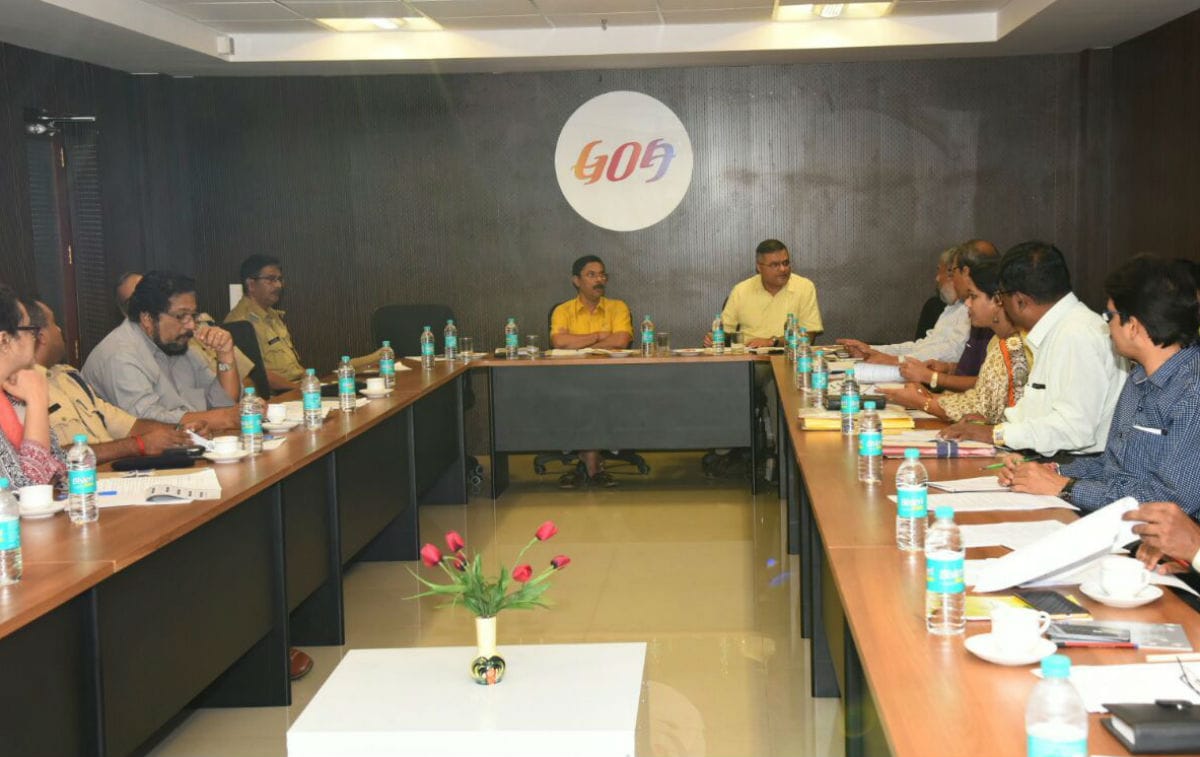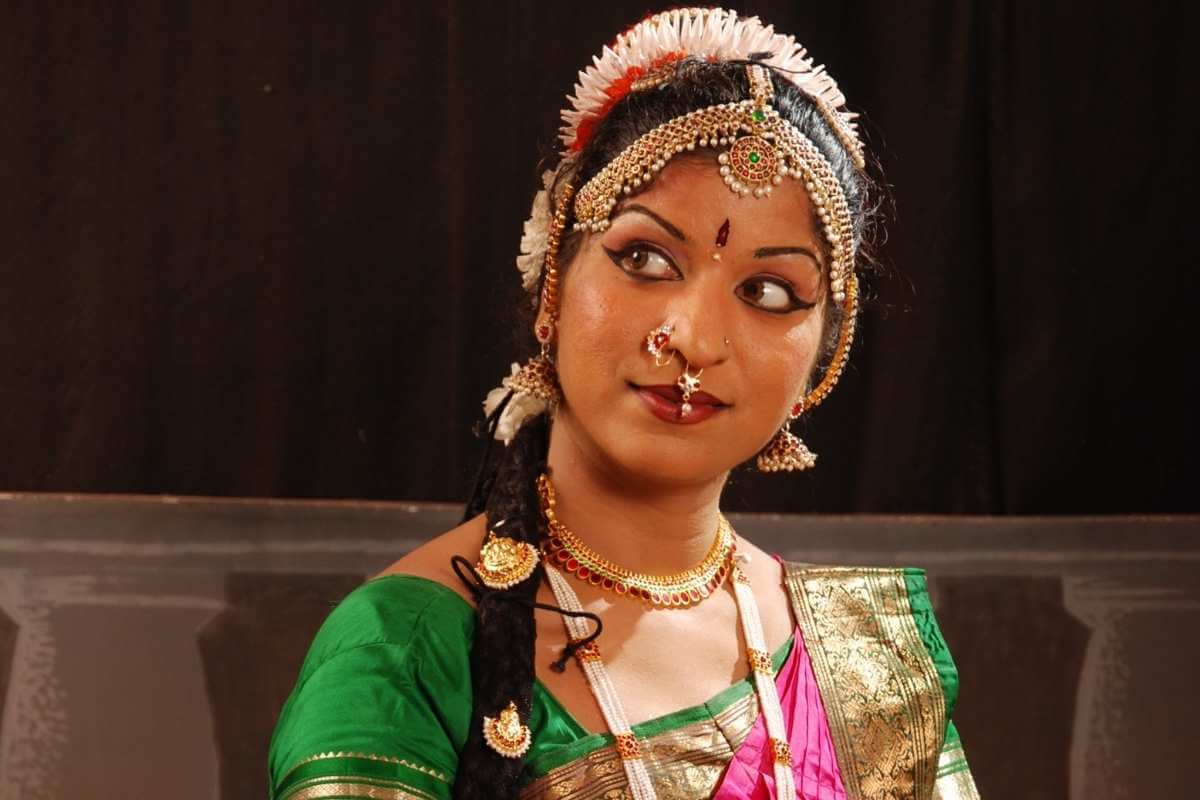Nestled on the west coast of India, Goa is a state known for its picturesque beaches, vibrant nightlife, and delicious cuisine. However, beyond the sun, sand, and sea, lies a rich and diverse cultural heritage that has evolved over centuries of history. Goa is a melting pot of various cultures, including Portuguese, Hindu, Muslim, and Christian, which has resulted in a unique fusion of art, music, and cuisine.
The state’s artistic and cultural legacy is showcased in its museums and galleries, which offer visitors a fascinating insight into Goa’s rich history and cultural traditions.
The museums and galleries in Goa are a treasure trove of art, sculptures, paintings, and artefacts that reflect the state’s diverse cultural heritage. From ancient tools and traditional costumes to contemporary art and architecture, these museums offer a glimpse into Goa’s past and present. Visitors can explore the state’s history and culture through the lens of its diverse communities, including the Portuguese who ruled Goa for over four centuries.
Goa’s museums and galleries also provide an opportunity to witness the fusion of Indian and European styles in art and architecture. The state’s Indo-Portuguese houses are a prime example of this fusion, showcasing a unique blend of Indian and Portuguese architectural styles. The churches and cathedrals in Old Goa also reflect the same influence, with their intricate carvings and ornate facades.
In this article, we will explore some of the must-visit museums and galleries in Goa, each offering a unique perspective on the state’s rich art and cultural heritage. From the Goa State Museum and the Museum of Christian Art to the Houses of Goa Museum and the Mario Miranda Gallery, we will take a deep dive into the diverse and fascinating world of Goa’s art and culture. So, join us on this journey of discovery as we explore the museums and galleries that showcase the best of Goa’s art and culture.
Goa State Museum
The Goa State Museum, located in the capital city of Panaji, is a must-visit destination for anyone interested in the art and culture of Goa. The museum is spread over three floors and features several galleries that showcase the state’s rich history and diverse cultural heritage. One of the museum’s prominent exhibits is the gallery of ancient and medieval history, which displays a collection of artefacts that date back to prehistoric times. Visitors can see ancient tools, weapons, and pottery that were used by the earliest inhabitants of Goa.
Another gallery in the museum showcases traditional Goan costumes, jewellery, and musical instruments, giving visitors an insight into the state’s unique culture and traditions. The gallery also features displays of traditional handicrafts, such as pottery, weaving, and basketry.
The museum’s art gallery is a highlight for art lovers, featuring a collection of paintings and sculptures from different eras. The gallery showcases the works of Goan artists, including Christian art and the traditional Goan school of painting, which originated in the 19th century. In addition to the galleries, the museum also has a natural history section that displays specimens of flora and fauna found in Goa. The section includes a collection of butterflies, beetles, and other insects, as well as a variety of plant specimens.
The Goa State Museum also hosts temporary exhibitions that showcase different aspects of the state’s art and culture. These exhibitions provide visitors with an opportunity to explore specific themes or artists in greater depth. The Goa State Museum is a must-visit destination for anyone interested in discovering the art and culture of Goa. The museum’s diverse galleries, featuring everything from prehistoric tools to contemporary art, provide a comprehensive insight into the state’s rich and varied cultural heritage.
Big Foot Art Gallery
Big Foot Art Gallery is a significant cultural attraction located in the village of Loutolim, South Goa. The gallery is part of the Ancestral Goa Museum complex, which is a popular tourist destination known for showcasing traditional Goan culture and heritage. The Big Foot Art Gallery features the works of local artists, including paintings, sculptures, and handicrafts.
One of the most unique features of the gallery is the mural of the Last Supper, which is made up of more than 1,000 pieces of driftwood. The mural was created by the founder of the Ancestral Goa Museum, Mahendra Jocelino Araujo Alvares, who spent over four years collecting and assembling the driftwood pieces. The mural is a testament to the creative spirit and ingenuity of Goan artists and is a must-see for anyone interested in art and culture. In addition to the mural, the gallery also features a range of other artworks, including paintings depicting Goan life and culture, sculptures made from different materials, and handicrafts such as pottery and wood carvings. Visitors can also purchase these artworks from the gallery as a souvenir of their visit to Goa.
The Big Foot Art Gallery is not only a showcase for local artists but also a platform for preserving and promoting traditional Goan art and culture. The gallery regularly hosts art exhibitions and workshops to encourage and promote the development of local talent. The Big Foot Art Gallery is a unique and inspiring addition to the cultural landscape of Goa. It offers visitors a chance to experience the creativity and imagination of Goan artists while providing a glimpse into the state’s rich and diverse cultural heritage.
Houses of Goa Museum
The Houses of Goa Museum is a unique museum located in the village of Torda, near the capital city of Panaji. The museum is dedicated to the traditional Goan houses, which are known for their distinctive architecture. The museum showcases the evolution of Goan architecture over the centuries and how it has been influenced by different cultures.
The museum was founded by architect Gerard da Cunha, who was fascinated by the traditional Goan houses and their unique architecture. The museum is housed in a building that itself is a unique example of Goan architecture, showcasing the fusion of Indian and Portuguese styles. The museum has three levels, each showcasing a different aspect of Goan architecture.
The ground floor of the museum showcases the traditional houses of Goa, which are built using local materials such as laterite stone and red clay tiles. The exhibits include models of different types of houses, including the famous Indo-Portuguese houses, which are characterized by their sloping roofs, ornate balconies, and colourful facades.
The first floor of the museum is dedicated to the evolution of Goan architecture over the centuries. The exhibits showcase the various influences on Goan architecture, including the Portuguese, who introduced new building techniques and styles to the region. Visitors can see how the traditional Goan houses evolved over time and how they have been influenced by different cultures.
The second floor of the museum is dedicated to the work of architect Gerard da Cunha, who founded the museum. Visitors can see his sketches, models, and plans of various houses and buildings in Goa, which showcase his unique vision and style. The Houses of Goa Museum offers a unique insight into the traditional houses and architecture of Goa. It is an excellent place for architecture enthusiasts, history buffs, and anyone interested in learning about the state’s rich cultural heritage. The museum is a must-visit for anyone exploring the art and culture of Goa.
Mario Miranda Gallery
The Mario Miranda Gallery is one of the must-visit museums and galleries in Goa, located in the village of Loutolim. It is dedicated to the works of the famous Goan cartoonist, Mario Miranda, who is renowned for his humorous and witty illustrations. Mario Miranda’s works are an integral part of Goan art and culture and reflect the state’s unique charm and wit.
The gallery showcases some of Miranda’s best works, including his iconic illustrations of the bustling streets of Goa, filled with characters that are both humorous and relatable. His illustrations capture the essence of Goan life, with its vibrant colors, bustling markets, and quaint neighbourhoods.
The Mario Miranda Gallery is a testament to the artist’s talent and contribution to Goan art and culture. The gallery also showcases the evolution of Miranda’s art over the years, from his early works to his later illustrations. Visitors can see the range of mediums that Miranda used, from pen and ink to watercolours, and gain an insight into his creative process.
The Mario Miranda Gallery is a must-visit for anyone interested in Goan art and culture. The gallery’s collection is not only a celebration of the artist’s legacy but also a reflection of Goa’s rich artistic and cultural heritage. Visitors can take a walk through the gallery and immerse themselves in Miranda’s whimsical and witty world, gaining a deeper understanding of the state’s unique character and charm.
Museum of Christian Art
The Museum of Christian Art is one of the must-visit museums in Goa, located inside the Basilica of Bom Jesus in Old Goa. This museum is dedicated to showcasing the rich legacy of Christian art and artefacts in the state. The collection at the Museum of Christian Art includes a wide range of exhibits, including paintings, sculptures, and vestments, all of which represent the fusion of Indian and European styles in Christian art.
The Museum of Christian Art is known for its extensive collection of Baroque and Renaissance-era sculptures, which were created by Indian artists under the influence of Portuguese missionaries. These sculptures depict scenes from the Bible and the lives of saints, and they are intricately carved and adorned with gold and precious stones.
Another highlight of the Museum of Christian Art is its collection of paintings, which includes works by some of the most famous artists from Goa. These paintings reflect the fusion of Indian and European styles, and they feature vivid colours and intricate details that are characteristic of Goan art.
The museum also showcases a collection of vestments, which are robes worn by priests during religious ceremonies. These vestments are adorned with gold and silver threads, pearls, and precious stones, and they are a testament to the rich artistic and cultural traditions of Goa.
The Museum of Christian Art is a must-visit for anyone interested in the history of Christianity in India and the influence of Portuguese culture on Goan art. The museum offers a unique and fascinating insight into the fusion of Indian and European styles in Christian art and the role that religion has played in shaping Goa’s cultural heritage.
In conclusion, Goa’s museums and galleries offer a fascinating glimpse into the state’s rich and diverse cultural heritage. From ancient tools and traditional costumes to contemporary art and architecture, these museums showcase the fusion of Indian and European styles that characterizes Goa’s art and culture. Visitors can explore the state’s history and culture through the lens of its various communities, including the Portuguese who ruled Goa for over four centuries.
Among the must-visit museums and galleries in Goa are the Goa State Museum, the Museum of Christian Art, the Houses of Goa Museum, and the Mario Miranda Gallery, each offering a unique perspective on the state’s art and cultural heritage. The Goa State Museum, for instance, is home to a vast collection of artifacts, including ancient manuscripts, coins, and sculptures, that provide an insight into Goa’s rich history. Similarly, the Houses of Goa Museum showcases the fusion of Indian and Portuguese architectural styles that characterizes the state’s Indo-Portuguese houses. Overall, a visit to Goa’s museums and galleries is an essential part of discovering the state’s art and cultural heritage. These institutions provide an opportunity to explore the diverse and fascinating world of Goan art and culture and to gain a deeper appreciation of the state’s unique identity. Whether you’re interested in history, art, or architecture, there’s something for everyone in Goa’s museums and galleries.










